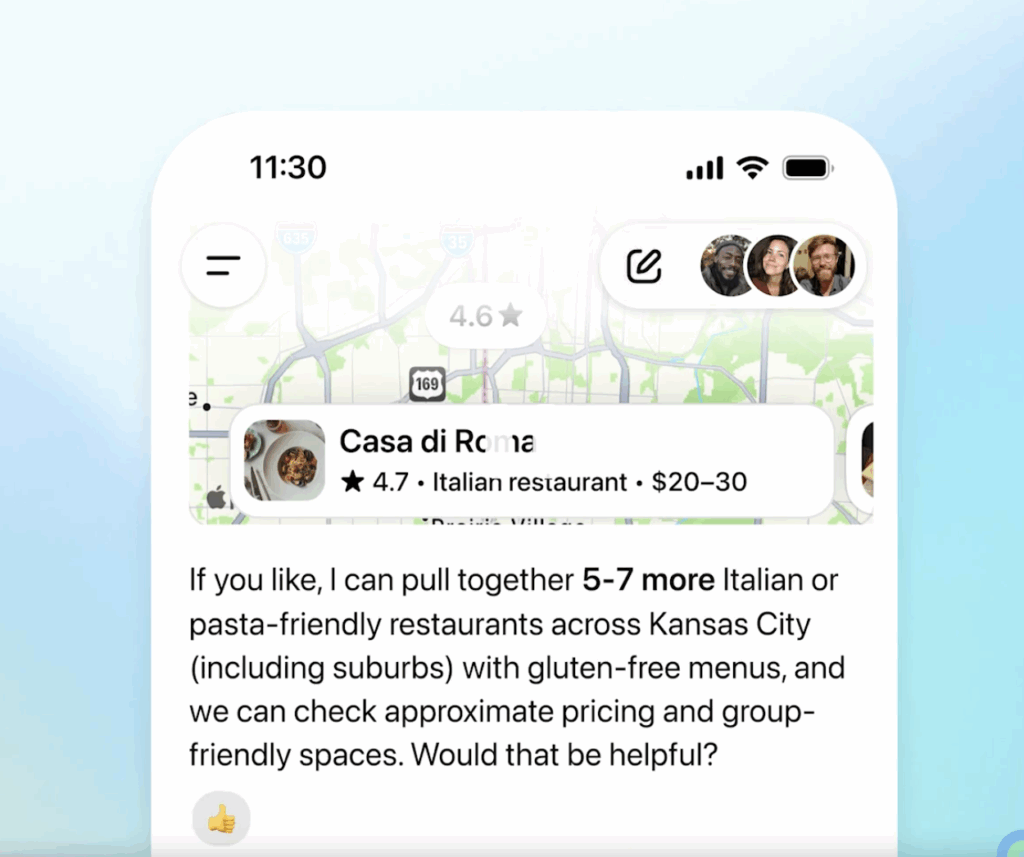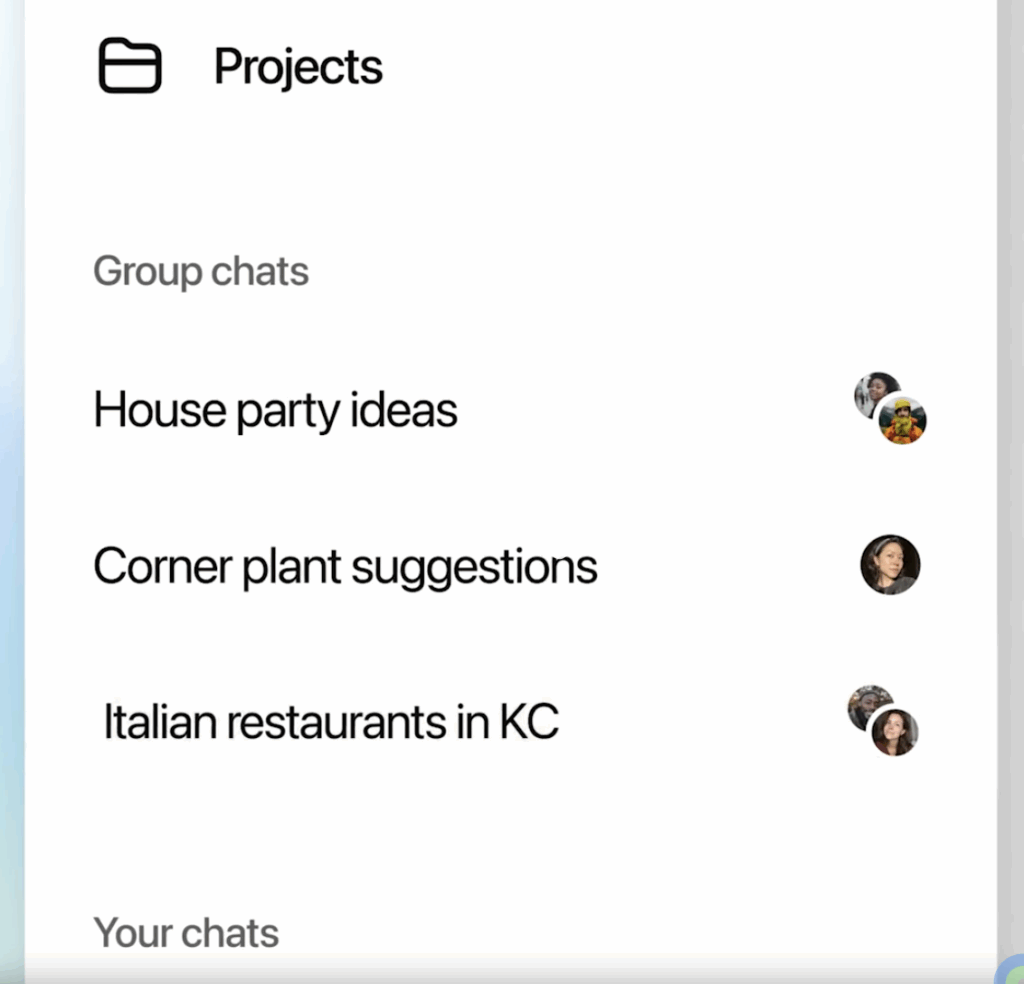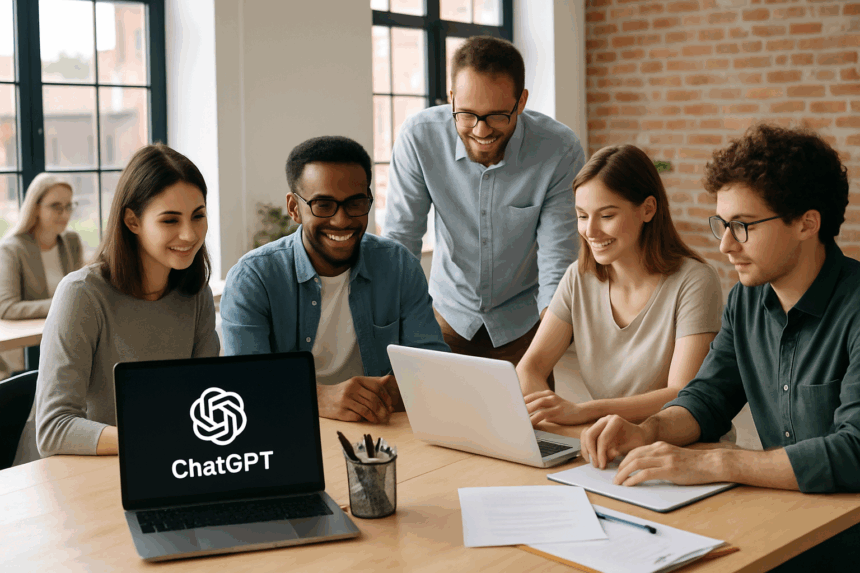OpenAI adds better collaboration with friends, family and colleagues
ChatGPT added a new trick to its toolkit. Collaboration works with groups of up to 20 people, all inside the same shared workspace. The update is small on the surface, yet it changes how teams use AI together. You can brainstorm, plan, write, edit, and organise with others in real time. No extra tool, plug-ins, or new learning curve.
The feature builds on the premise behind ChatGPT Teams. Instead of one person dropping prompts into a chat, entire groups can contribute. Everyone sees edits. Everyone sees AI outputs. The entire team stays in the same flow. It reduces the friction of exporting content, sharing drafts, or shuffling links. Teams want speed. ChatGPT now offers more of it.
What’s Happening & Why This Matters
Group Spaces Arrive for Teams
OpenAI rolls out shared collaborative spaces for up to 20 users. The spaces work like a living document. Anyone in the group can add notes, ask questions, or insert tasks. The AI responds to everyone in the same thread. OpenAI explains the feature as “a natural extension of how teams work in the real world.” It wants ChatGPT to act less like a single-user assistant and more like a multi-user partner.

A New Teams Workflow

Shared chats remove classic coordination pain. Someone asks the question. Someone else loads data. Another edits the language. ChatGPT ties it together. Everything happens in one room. Design teams, research groups, operations teams, and small businesses get a fast way to unblock work. It also helps with planning, since groups can track decisions in one place without switching tools.
More Control for Organisations

The expansion aligns with OpenAI’s long-term play into enterprise. Companies want centralisation, privacy, and predictable behaviour. Shared spaces support the goals. The feature lives inside the same governance controls as other ChatGPT Team tools. Admins maintain oversight. Members access only what they need. OpenAI says the platform handles content in a secure environment and does not use business data to train its public models.
TF Summary: What’s Next
Group collaboration gives ChatGPT a stronger foothold in team workflows. The feature feels simple, yet it shifts how groups create and coordinate information.
MY FORECAST: More companies, primarily enterprise-level orgs, lean on the functionality for planning, writing, and internal knowledge-sharing. Collaboration removes variance and keeps everyone synced without extra apps.
— Text-to-Speech (TTS) provided by gspeech


